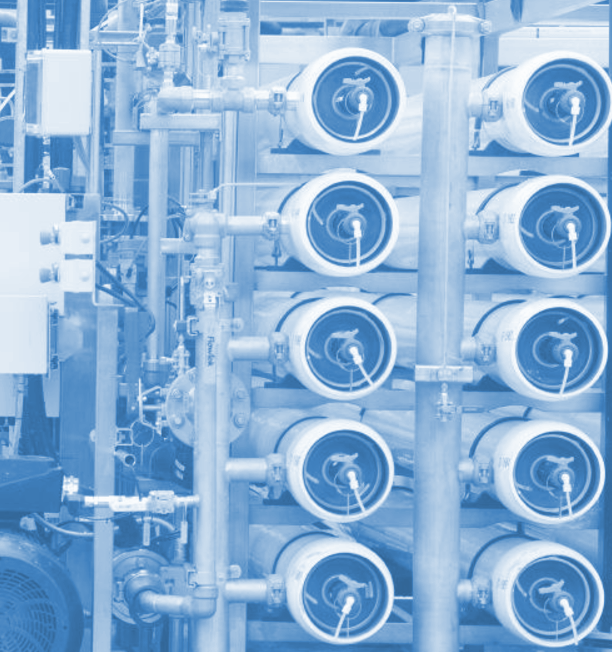Local desal plugged
 Experts say desalination plants are critical for Australia’s future.
Experts say desalination plants are critical for Australia’s future.
The Sydney Desalination Plant (SDP) is running at full capacity – supplying 15 per cent of Sydney's water needs.
The SDP was originally designed to produce double the amount of water it is currently producing, leading many to call for it to be expanded. That expansion has now been approved and fast-tracked.
But building new plants or expanding old ones will require levels of environmental approval, including assessments of the impact on marine ecosystems.
Emma Johnston - Dean of Science at UNSW Sydney – says there has been a lack of rigorous scientific studies on the impacts of desalination plants. She and her colleagues are filling that gap.
In response to public concern, Sydney Water commissioned a substantial ecological impact assessment of the SDP.
“I was lucky enough to lead a major aspect of this study and in the past year my collaborators and I have published two of the world's first rigorous impact studies of desalination plant effluent on fish and marine invertebrates,” Dr Johnston said this week.
“The good news is that our eight-year research program demonstrates that well-designed and well-positioned desalination plants result in only small changes to marine ecosystems.
“A surprising finding was that many invertebrates and fish populations actually increased while the plant was pumping out hypersaline effluent.
“As the number of plants increases and with it brine production, so does concern for associated environmental impacts.
“We can now determine that Sydney's modern desalination plant is not having a major harmful impact on either the fish or the invertebrates off the coast of NSW.
“There is no obvious marine ecological impediment to expanding the SDP. However, rigorous monitoring would be necessary to confirm this.
“By 2025 more than 2.8 billion people in 48 countries are likely to be short of water.
“Australia has an enormous coastline and we can afford to do desalination well.
“We should use our cutting-edge technology and high environmental standards, along with our renowned research capability, to help the world maximise the benefits and minimise the impacts from this particular form of critical resource supply.”








 Print
Print